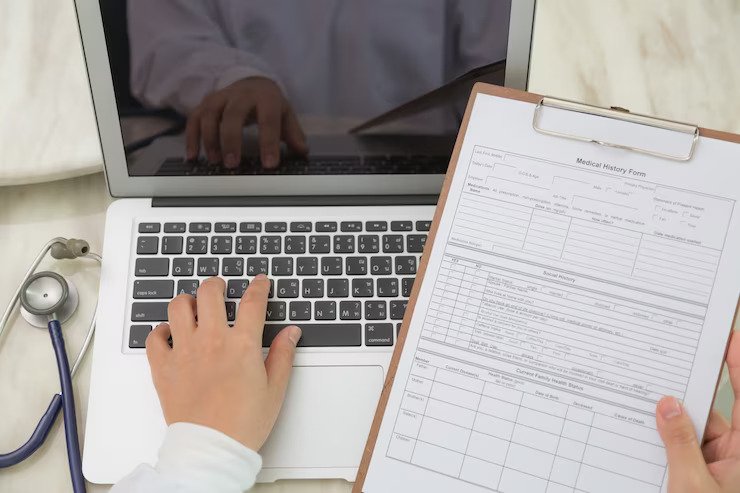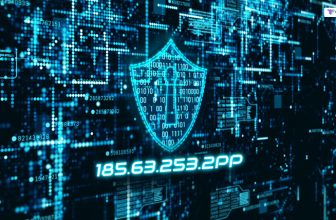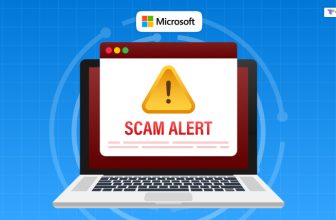
Technology is critical in improving patient care, optimizing operations, and easing communication among healthcare practitioners in today’s quickly changing healthcare scene. Electronic Patient Care Report (EPCR) is a great example of technology transforming emergency medical services.
This digital documentation tool collects vital data, allowing healthcare practitioners to offer prompt and educated care.
This post will look at the components that make up an EPCR report and discuss its importance in modern healthcare.
The Essentials of an EPCR Report
An EPCR report, at its heart, is a detailed record of an emergency medical episode and the accompanying care delivered. This data is critical in that when combined, it paints a complete picture of the patient’s health, the circumstances preceding their presentation, and the interventions performed.
Some of the important elements found in an EPCR report are as follows:
Patient Information
This section contains identifying information about the patient, such as name, age, gender, and contact information. It also shows the individual’s medical history, allergies, and relevant insurance or identification information. This data is critical for providing appropriate care and ensuring patient safety.
Incident Details
The date, time, and location of the occurrence and the primary complaint or cause for medical treatment are all documented here. A detailed explanation of the occurrence or damage sets the stage for future care.
Assessment and Findings
Heart rate, blood pressure, respiration rate, and temperature are thoroughly recorded. Physical examination findings and the Glasgow Coma Scale score provide information about the patient’s overall health, whereas pain level assessments advise pain management measures.
Treatment Given
This section describes the drugs prescribed, medical procedures performed, and interventions implemented during treatment. This information is vital for continuity of care, whether for cardiopulmonary resuscitation (CPR), defibrillation, or other critical procedures.
Transport Details
The mode of transportation (e.g., ambulance, helicopter) and the destination healthcare facility of the patient is documented. Any changes in the patient’s condition while en route are also recorded to ensure that contact with receiving personnel is seamless.
Communication and Documentation
The EPCR report communicates and collaborates with healthcare providers and documents patient information and care. It allows for clearer and more concise exchanges between dispatchers, first responders, and hospital personnel.
Time stamps for significant occurrences establish a precise chronology of treatment, which aids in retrospective analysis and quality improvement efforts. Digital signatures and authorization improve accountability and ensure compliance with legal and regulatory requirements.
Legal and Ethical Considerations
Data privacy and security are critical for EPCR reports, as they are for any digital health record. Healthcare professionals must follow the Health Insurance Portability and Accountability Act (HIPAA) standards to protect patient information. Encryption and secure storage techniques are used to prevent unauthorized access and breaches.
Integration with Electronic Health Records (EHR)
The seamless transfer of data from EPCR reports to EHR systems is critical for assuring continuity of treatment. This connection gives healthcare providers access to a complete medical history, allowing them to make well-informed decisions about ongoing treatment. It also reduces the possibility of duplicate tests or procedures, optimizing resource allocation and patient outcomes.
The Importance of EPCR Software
EPCR software has emerged as a transformative tool in modern healthcare systems, providing several benefits that improve patient care, streamline processes, and increase overall efficiency. EPCR software has three major advantages:
Efficient and Accurate Documentation
EPCR software replaces traditional paper-based reporting. It allows healthcare providers to capture patient information, assessments, interventions, and treatments quickly and precisely. This eliminates the possibility of errors and ensures a thorough and accessible electronic record that authorized personnel may readily obtain.
Enhanced Communication and Collaboration
EPCR software allows emergency responders, dispatchers, and healthcare facilities to communicate in real-time. Real-time data exchange allows faster decision-making by keeping all stakeholders updated on patient status, treatment plans, and transportation details. Better teamwork results in better coordinated and effective care.
Data Analytics and Quality Improvement
The software collects data that can be evaluated to discover patterns, estimate response times, and assess treatment efficacy. This enables healthcare companies to improve patient care outcomes by refining protocols, improving training programs, and making data-driven decisions.
In Summary
Electronic Patient Care Report (EPCR) is a fundamental instrument that contains various critical information in emergency medical services. An EPCR report offers thorough and accurate documentation that guides healthcare decisions, from patient characteristics and incident specifics through therapy offered and communication records.
As technology advances, EPCR studies demonstrate the power of digital innovation in improving patient care and optimizing healthcare workflows. EPCR reports with accurate, complete, and secure documentation pave the path for improved patient outcomes and seamless continuity of care.
Read Also:






